- Home
- Publications
- Simulating The Effect Of The EU Recovery And Resilience Facility In NiGEM
Simulating the effect of the EU Recovery and Resilience Facility in NiGEM
Sign in to Access Pub. Date
Pub. Date
02 August, 2021
 Pub. Type
Pub. Type
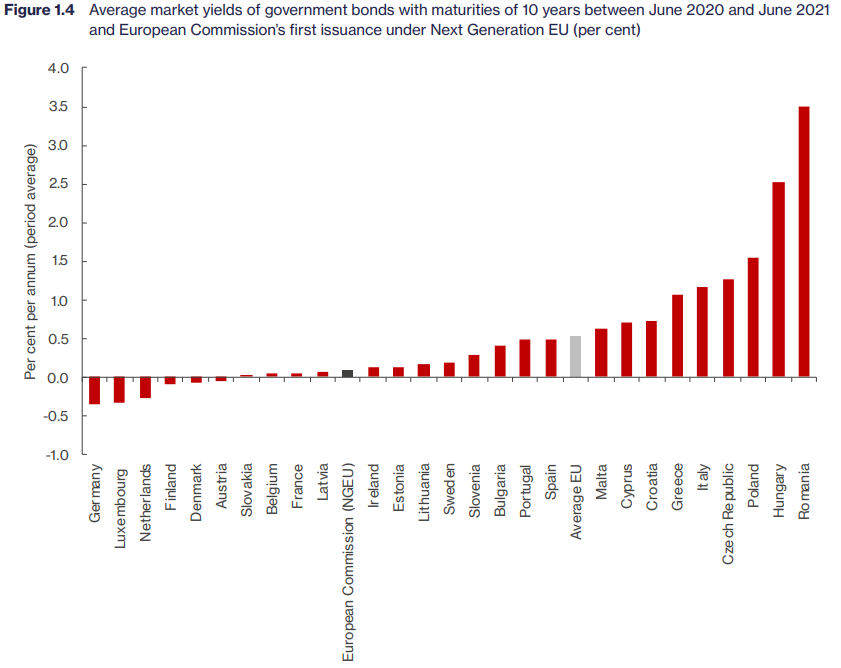
Downloads
This content is restricted to corporate members, NiGEM subscribers and NIESR partners.
Related Themes
Macro-Economic Modelling and ForecastingPublisher
NIESR, London
Key points
- In July 2020, the European Commission unveiled the Next Generation EU (NGEU) initiative, a EUR 800 billion plan to revive the European economy post-pandemic.
- In this NiGEM Topical Feature, we evaluate the macroeconomic impacts of the European fiscal boost implied by the Recovery and Resilience Facility (RRF), which accounts for 100 per cent of the loans and 80 per cent of the grants under the NGEU.
- Based on the current allocation of grants and loans, NiGEM projections suggest that the RRF would imply a debt-based fiscal expansion of 0.8 per cent of GDP on average in the Euro Area over the five years between 2021 and 2026, with countries which are among the scheme’s major beneficiaries, such as Italy (2.3 per cent), benefiting more than countries which have decided not to apply for loans.
- Under a more optimistic scenario where a larger number of countries would request RRF loans, the plan would imply a stimulus of at least 1 per cent of GDP on average in the Euro Area over the five years between 2021 and 2026, particularly when the uptake is from some large Eurozone countries, such as Germany.
Related Blog Posts

Blog
Inflation Still Likely to Fall to 2 per cent or Below Next Month
Huw Dixon
17 Apr 2024
8 min read



Blog
What is the Current State of the UK Economy?
Paula Bejarano Carbo
Stephen Millard
26 Feb 2024
7 min read
Related Projects
Related News




news
Why it’s not worth worrying that the UK has technically entered a recession
26 Feb 2024
4 min read
Related Publications

publication
Carbon tax could temporarily raise inflation and lower GDP in most OECD economies
05 Nov 2021
Global Economic Outlook Topical Feature

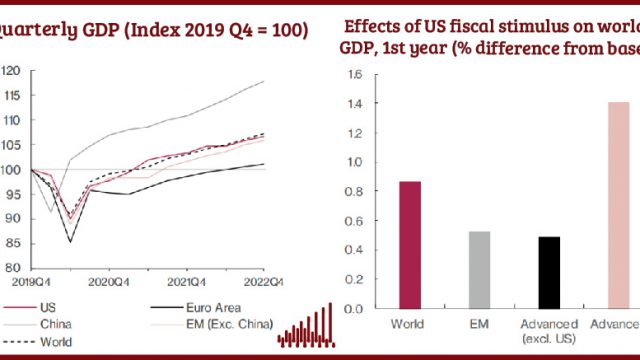
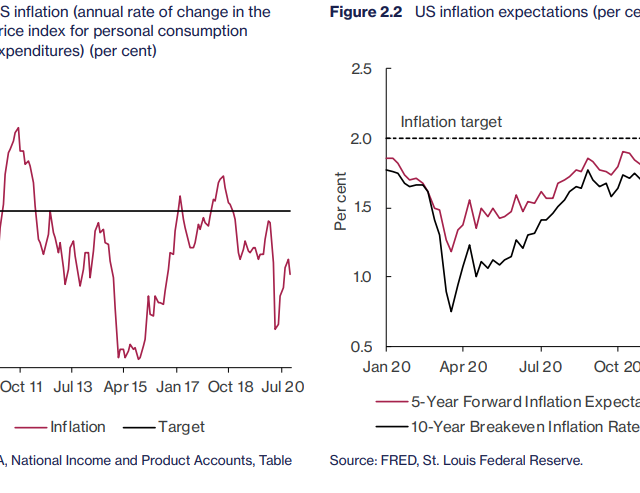
publication
Modelling the change in US monetary policy framework in NiGEM
08 Feb 2021
Global Economic Outlook Topical Feature
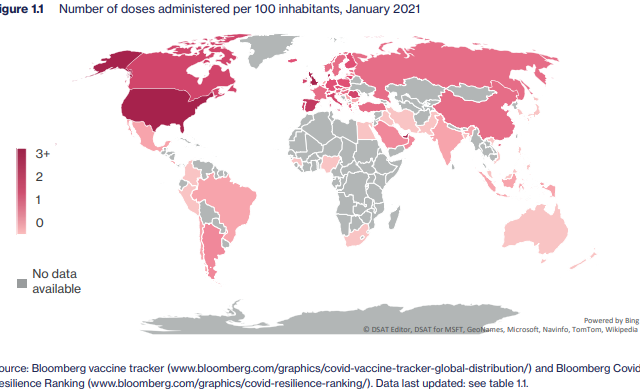
publication
Trade and the unequal race to the Covid-19 vaccine
08 Feb 2021
Global Economic Outlook Topical Feature
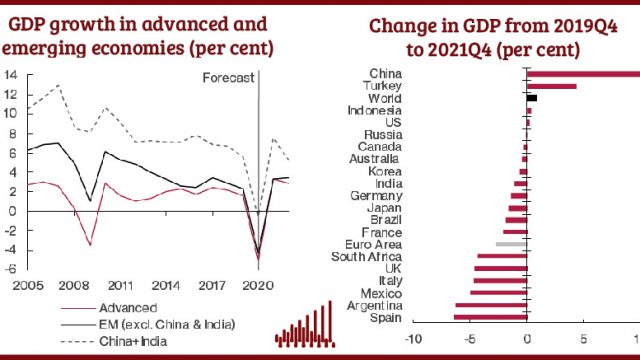
Related events

Summer 2023 Economic Forum
NIESR is delighted to bring to you our latest Economic Forum where we presented our forecast for the next economic quarter. With inflation remaining stubbornly high, a labour market that...
11:00 to 12:00
11 August, 2023

Spring 2023 Economic Forum
NIESR is delighted to bring to you our latest Economic Forum where we present our forecast for the next economic quarter. As King Charles III is officially crowned, and the...
11:00 to 12:00
12 May, 2023

Winter 2023 Economic Forum
With recent UK GDP figures prompting a cautious optimism amongst some analysts, the question has arisen around whether the UK can avoid a recession? Was the 0.1% growth in November...
11:00 to 12:00
10 February, 2023

Autumn 2022 Economic Forum
Join us, the day after the Chancellor’s autumn statement, to hear our analysis of the measures announced and their likely impact at both a UK, and individual household, level. Utilising...
11:30 to 12:30
18 November, 2022

Summer 2022 Economic Forum
We are delighted to invite you to our Summer 2022 Economic Forecast, where we will present and discuss NIESR’s latest forecasts on the UK and global economies, with an opportunity...
11:00 to 12:00
5 August, 2022

Spring 2022 Economic Forum
We are delighted to invite you to our Spring 2022 Economic Forecast, at which we will present and discuss NIESR’s latest forecasts on the UK and global economies, with an...
11:00 to 12:00
13 May, 2022

Winter 2022 Economic Forum
With rising inflation asking questions of central banks, consumer incomes hit by rising energy prices and Omicron continuing to disrupt the supply of both goods and labour, what does the...
11:00 to 12:00
11 February, 2022

Autumn 2021 Economic Forum
We are delighted to invite you to our Autumn 2021 Economic Forum, at which we will present and discuss NIESR’s latest forecasts on the UK and global economies, with an opportunity for you to ask questions.
11:00 to 12:00
12 November, 2021






